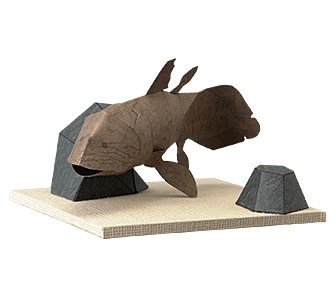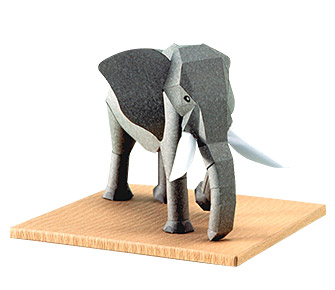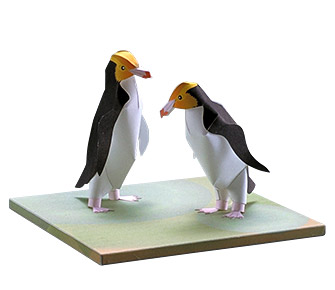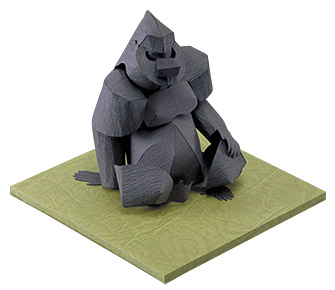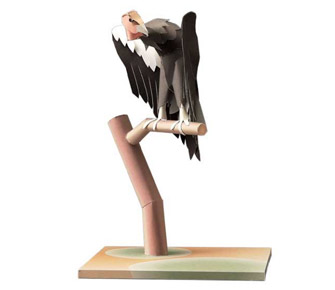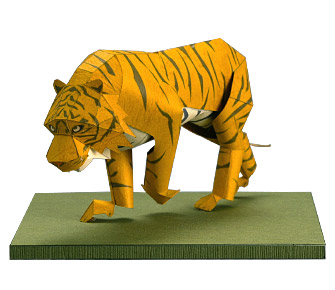Yellow-eyed Penguin
Papercraft kit : The peculiar yellow-eyed penguin, which builds its nest in forests and thickets.
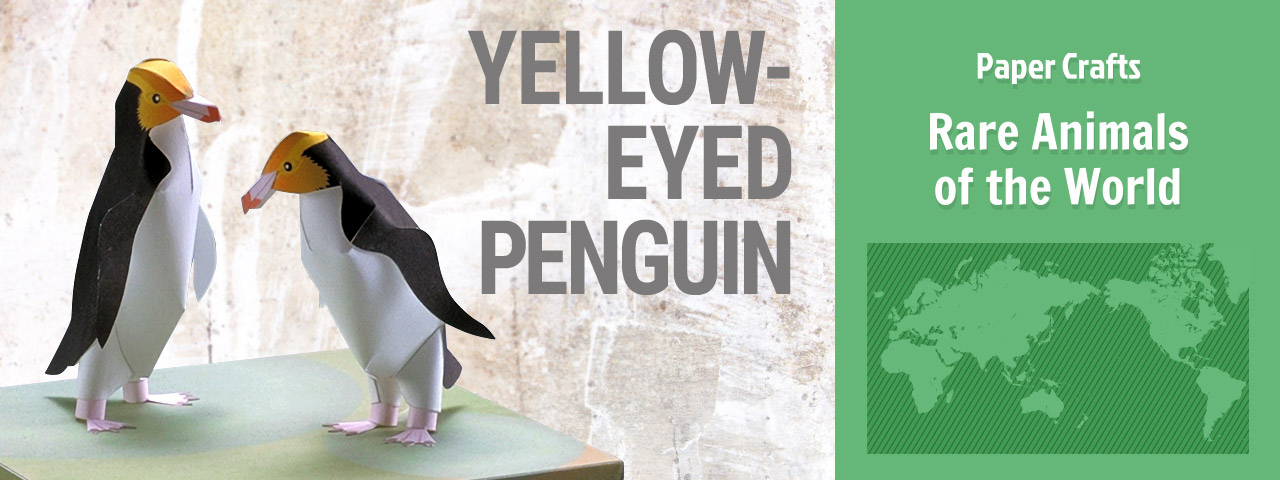
It is commonly imagined that the penguin lives exclusively in the Antarctic and other frigid zones. However, most penguins actually live in the semi-arctic areas around Antarctica, and the yellow-eyed penguin is one of these species. But, what is unique among penguins is that it nests not only on seashores but also in forests and bush areas. The creature is classified as “Endangered [EN]” in the Red List.
Assembly instructions for the paper sculpture of this unique and cute yellow-eyed penguin, as well as a photo image of a completed sculpture, may be downloaded from this website.
Download - Parts sheet & InstructionsThis data was released in June, 2000.
Yellow-eyed Penguin - Animal Guide

- Yellow-eyed Penguin - Spheniscidae
- Megadyptes antipodes
- 66 - 76 cm (26.4 - 30.4 in.) long
- 2016 Edition of the RED LIST categories : Endangered [EN]
“Kigashira Penguin” means “yellow-eyed penguin,” due to its yellowish feather crests with reddish marks on the sides of its head. The yellow-eyed penguin exhibits a pinkish color at the tip of the beak and legs.
The yellow-eyed penguin is also distinguished from other penguin species by its home environment.
Although it lives in the ocean like other penguins, it makes its nest in the woods or bush areas rather than on the seashore. The bird builds its nest from sticks and grasses, lays eggs, and raises the chicks.
Unlike other species of penguin, the yellow-eyed penguin lives without forming large colonies neither living in flocks, and it also makes nests separate from its fellow penguins.
During the daytime the creature stays in the forest, fearing its enemies' attacks. It routinely goes to the sea after sunset to hunt fish, and returns to the nest in the morning.
The penguin goes back and forth between its nest and the sea, sometimes walking approximately one kilometer (0.6 miles) through thickets.
Habitat
The habitat of the yellow-eyed penguin is limited to southeastern New Zealand and its surrounding islands. Due to deforestation for agricultural land and ranches, the species has greatly diminished in number over the years. The bird has also suffered severely at the hands of hunters, who have slaughtered great numbers for its blubber and eggs. Moreover, it is occasionally attacked by other animals such as dogs and cats, and is accidentally killed in fishermen’s drift nets.
At one point there was serious fear that the species was headed toward extinction, but now it seems that conservation efforts have hailed the depletion of the population.
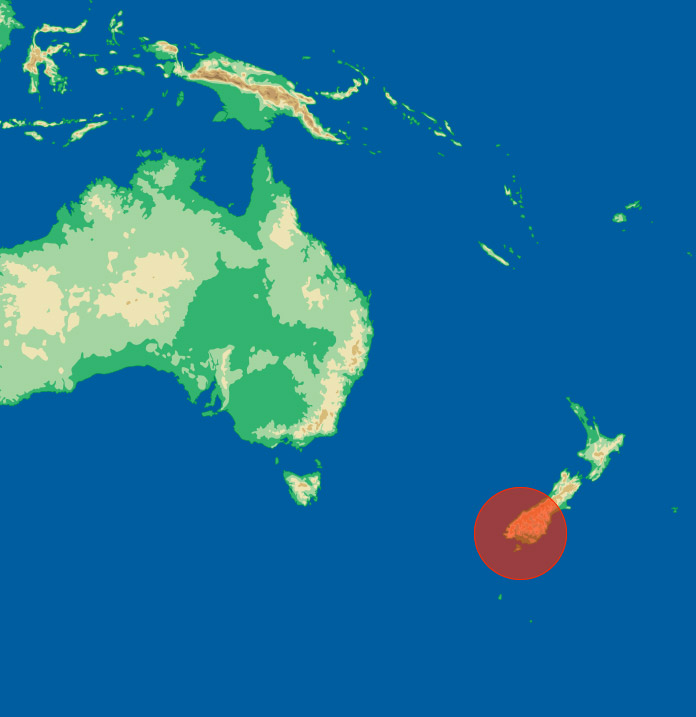
About Red List
The Red List is the material prepared by IUCN (International Union for Conservation of Nature) classifying various threatened wild animals of the world and reporting their present habitat status.
The List evaluates the extinction risk level of each individual species from a biological viewpoint, but it possesses no legal power to enforce regulations concerning threatened species. The Red List is broadly employed as fundamental information in advancing the preservation of threatened wild animals.
Referring to the original Red List, the Environment Agency of Japan has compiled the Japanese edition of the List listing threatened taxa inhabiting Japan.
| Extinct | EX | No known individuals remaining. |
|---|---|---|
| Extinct in the Wild | EW | Known only to survive in captivity, or as a naturalized population outside its historic range. |
| Critically Endangered | CR | Extremely high risk of extinction in the wild. |
| Endangered | EN | High risk of extinction in the wild. |
| Vulnerable | VU | High risk of endangerment in the wild. |
| Near Threatened | NT | Likely to become endangered in the near future. |
| Least Concern | LC | Lowest risk. Does not qualify for a more at-risk category. Widespread and abundant taxa are included in this category. |
| Data Deficient | DD | Not enough data to make an assessment of its risk of extinction. |




